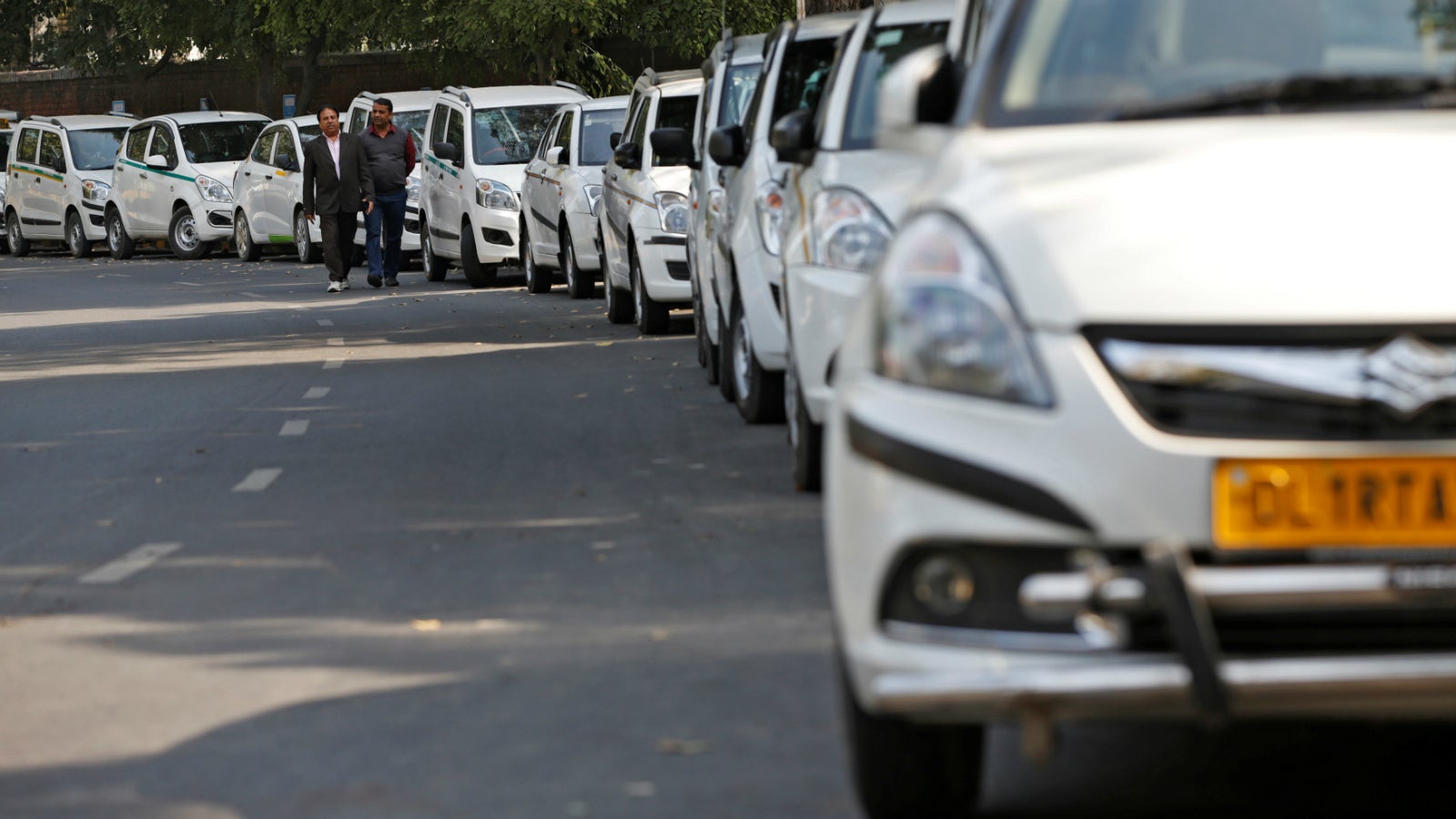Uber is helping drivers cope with India’s fuel prices
Uber has come up with an innovative solution to make its life easier in India.


Uber has come up with an innovative solution to make its life easier in India.
On Nov. 14, the company launched a “national fuel price index” that will ensure its drivers’ earnings correlate with changes in fuel price in the country. India is the first market where Uber has introduced such a pricing index, the company told Quartz without sharing any details on how it would work.
“We recognise that recent fuel price increases have impacted the net earnings of independent driver partners on the Uber platform,” an Uber spokesperson said. “Mumbai is the first city where we will be rolling this out.”
With petrol prices in India rising by around 15% since January, taxi drivers’ earnings have come under pressure. This has resulted in Uber—much like rival Ola—facing a severe backlash from drivers. These companies have not been able to pass on the effect of the high fuel cost to customers, fearing a loss of market share.
So last month, Ola and Uber drivers went on a two-week strike in Mumbai, crippling commuters in India’s financial capital. The strike was concluded after the companies assured drivers they would introduce a new fare chart on the price-per-kilometer basis by mid-November, considering rising fuel prices.
Ola is yet to communicate any further steps.
“Linking the earnings to fuel price fluctuation may solve part of a problem, especially for cabs running on petrol and diesel, but will hardly touch the CNG (Compressed Natural Gas) cabs,” said Neil Shah, research director at Counterpoint Research. “The problem here is not so much the fuel prices, but that the demand hasn’t grown as much as supply has, which this arrangement does not acknowledge.”
When Ola and Uber started operations in India, both the companies had doled out attractive incentives that increased per month earnings to between Rs70,000 ($970) and Rs80,000. As more drivers joined the platforms and the supply of cars increased, the companies gradually withdrew the incentives, replacing them with other benefits such as insurance, car-loan assistance, safety measures, and financial aid for children’s education.